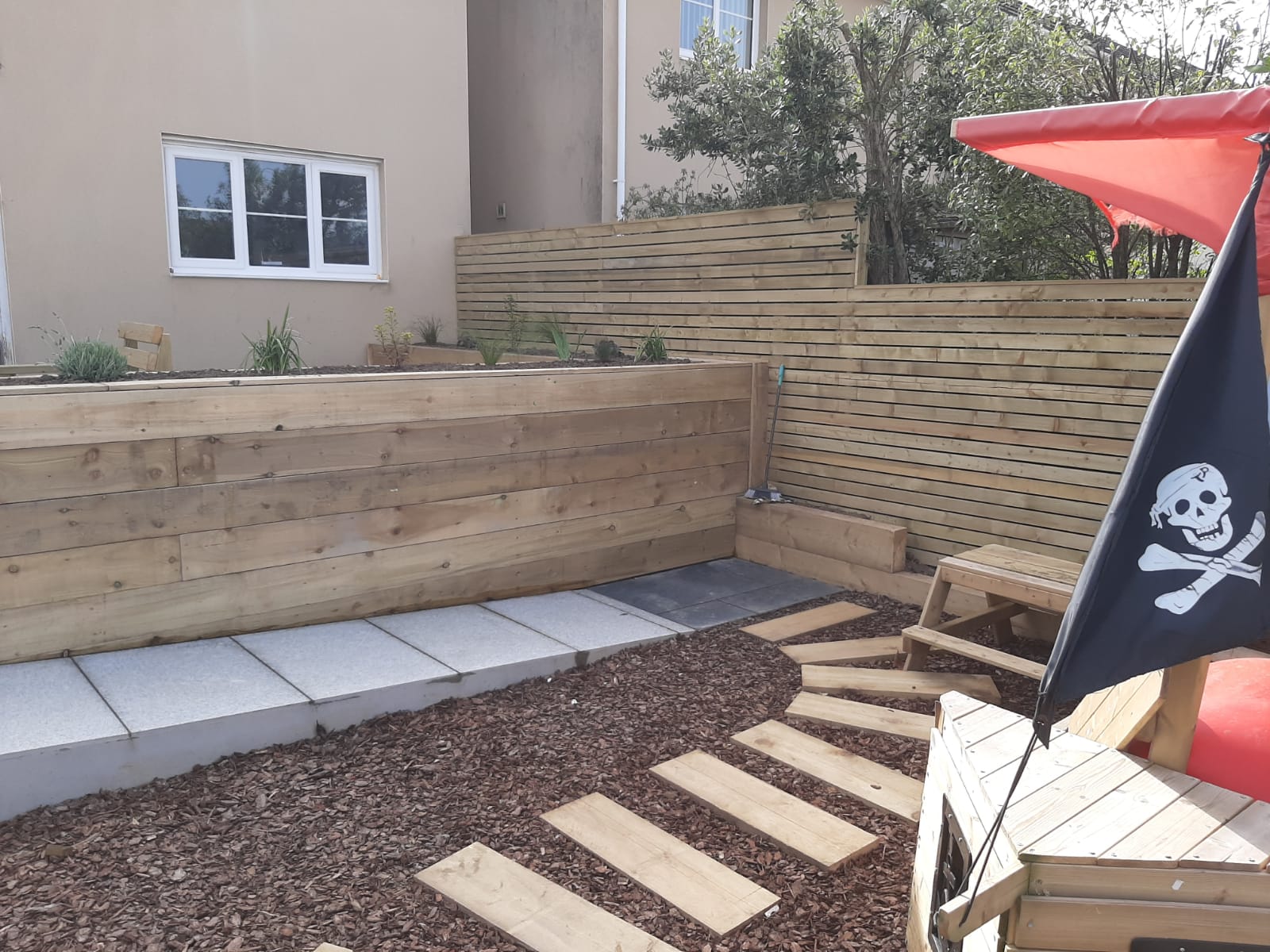
I could just sit back and enjoy watching all the butterflies, birds, and other critters attracted to my new offering.' 6. Once my meadow was established, I didn’t have to water, weed, mow, or aerate it. First, nearly all the work was eliminated. 'I started the process of introducing native plants by allowing my lawn to become a meadow,' says Kate Russell. The no grass backyard trend is really gathering pace, and is particularly popular among fans of rewilding. You can still create inviting spaces to stroll, play or gather in, by using gravel or mulch surrounded with greenery.' 'It takes a ton of water, weekly mowing, and annual fertilizing. 'The traditional golf-course style lawn is out,' says Camille Cimino. Popular conversion ideas include mixes of drought-resistant plants and permeable hardscaping.
#Garden landscape design free#
Reduce your lawn area (or get rid of it)Īnother way to decrease water consumption is to either go lawn free or reduce the size of your lawn area. 'Any time you can catch water you are helping to give plants and soil a cooling effect.' 5.
#Garden landscape design professional#
'If you can set up rain barrels and collect your rainwater it is always a good thing. Try to capture as much water as possible,' says Kody J Ketterling, professional landscaper and owner of KJ Enterprises, who is based in Twin Falls, Idaho. Making a rain barrel and combining it with rain chains can help you to maximize the amount of water you can collect. In addition to mulching, try drip irrigation and rainwater harvesting. Remember that not all plants need the same amount of water, and to minimize evaporation avoid the common garden watering mistake of watering during the hottest parts of the day. Water plants deeply but less frequently, which uses less water and puts water where a plant most needs it, which is at the roots. Opt for clever water management solutionsįor drought-tolerant landscaping to survive and thrive you need to be able to save and collect as much water as possible. You can also use river gravel, lava rocks, pumice, and even crushed concrete as a decorative accent in your drought-tolerant landscaping. It can be used alone or with other hardscaping materials for added visual interest.' 'Decomposed granite allows water to infiltrate into the soil while providing a firm and durable surface. 'I also like decomposed granite, a crushed rock material that compacts well and provides a stable surface for paths and patios,' says Sarah.

She is also a fan of gravel garden ideas for reducing water runoff and promoting better water infiltration as a key element of drought-tolerant landscaping. Sarah Gill is a garden expert and landscaper at Hypedome. 'It lets rain run through, keeping much-needed water on your property.' Heather uses the local yellow-white limestone pea gravel in her yard in Florida. 'For paths and rustic patios, local pea gravel is a chic, inexpensive, and eco-conscious choice,' says Heather Evans, master gardener and author of the Substack column Dear Avant Gardener. Choose permeable hardscaping as the natural partner to drought-tolerant planting ideas. Things that are authentic to place feel right, whether it’s native plants or hardscaping. 'Other good choices include aloe, agave, and phormium tenax, which come in a variety of colors and have striking shapes.' 'They sway beautifully in the breeze too,' says California-based Camille Cimino, landscape designer at The Nature of Things Design. Low water bunch grasses, such as Carex pansa, are easy to take care of, and incredibly versatile. You can use one of the many apps that offer plant identification, then search for a local nursery that offers that plant or its seeds.' Most of them will be considered weeds, but a few will catch your attention. 'There you will find the toughest plants. 'Even better if you can find an unmaintained plot of land,' suggests landscape and permaculture designer Samuil Iliev. When choosing native drought-tolerant shrubs and plants, first look around your local area and see what's thriving.

Once established, plants like Elijah Blue Fescue (available from Nature Hills) require limited water. 'Depending on the zone, native plants will vary but some popular drought-tolerant options include succulents like agave and yucca, ornamental grasses such as feather reed grass and blue fescue, and flowering perennials like lavender and coneflowers,' says Kevi Tara, owner of plant nursery LeafnJoy. Native plants are a great choice for drought-resistant landscaping as they're adapted to the local climate and need less water once established.


 0 kommentar(er)
0 kommentar(er)
